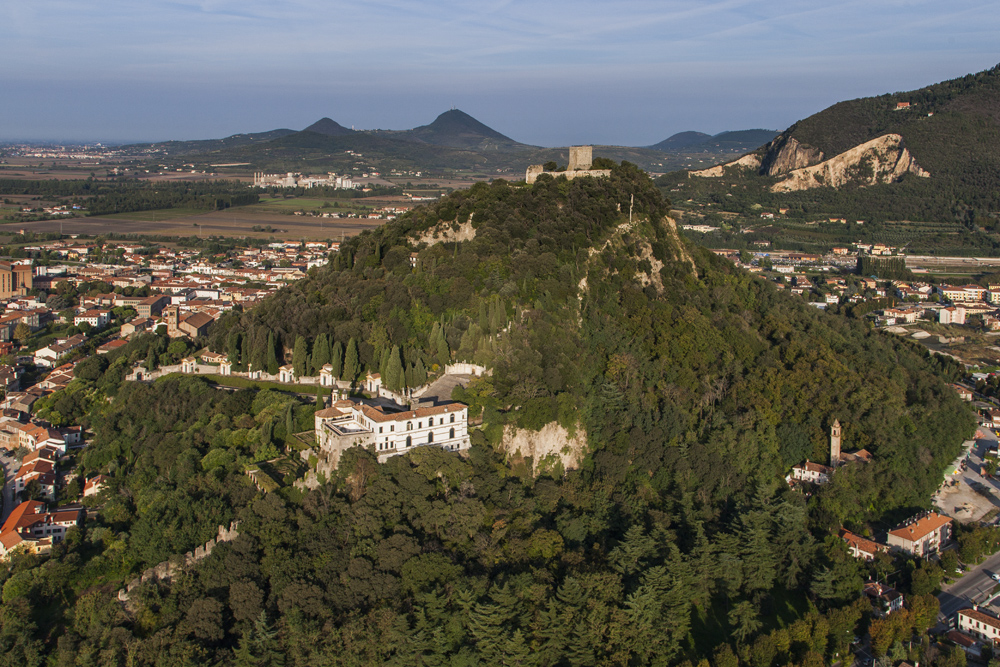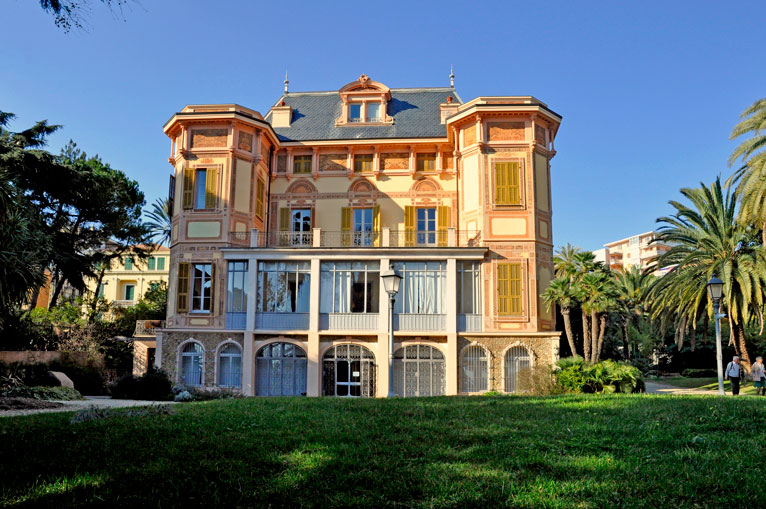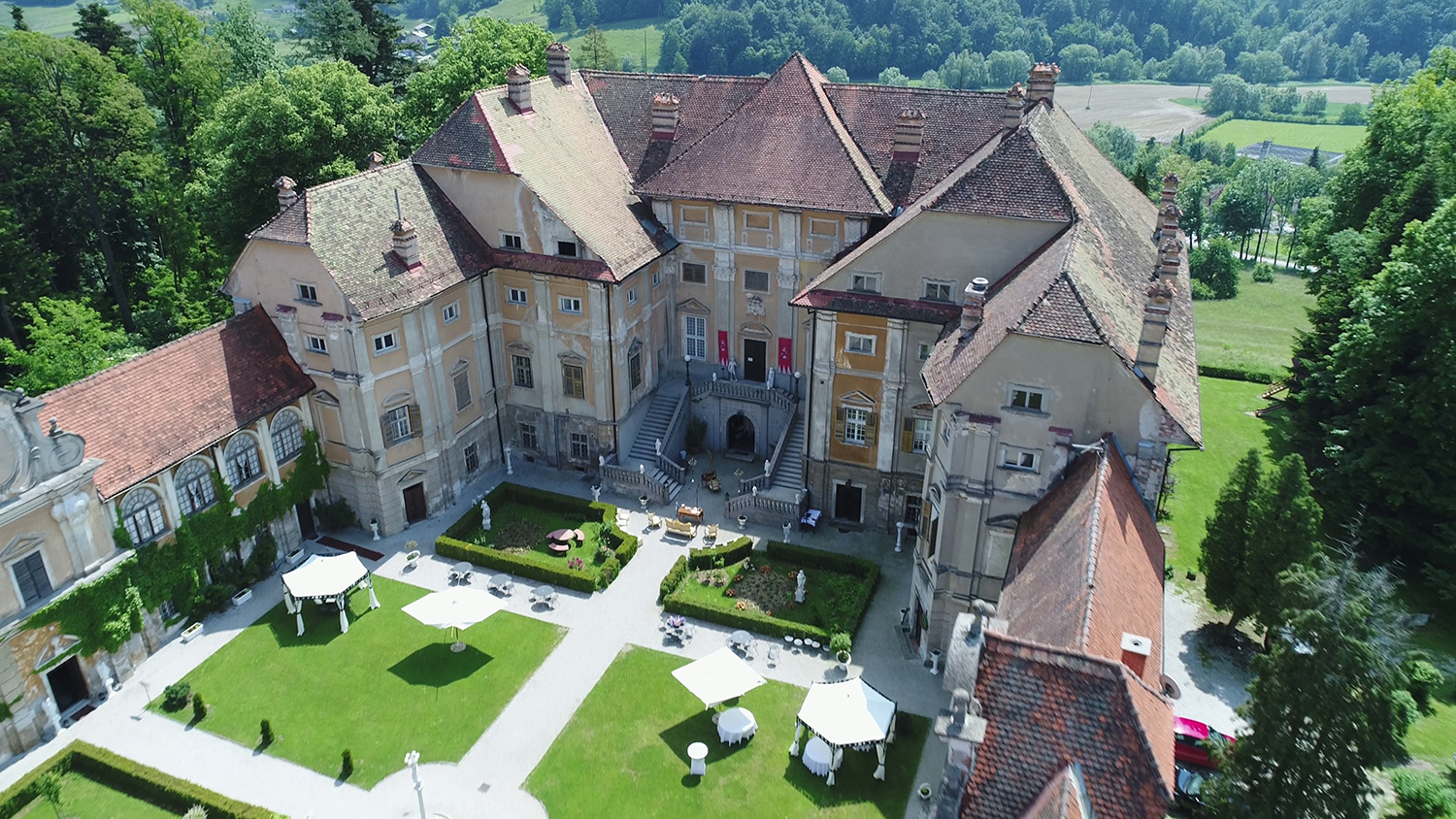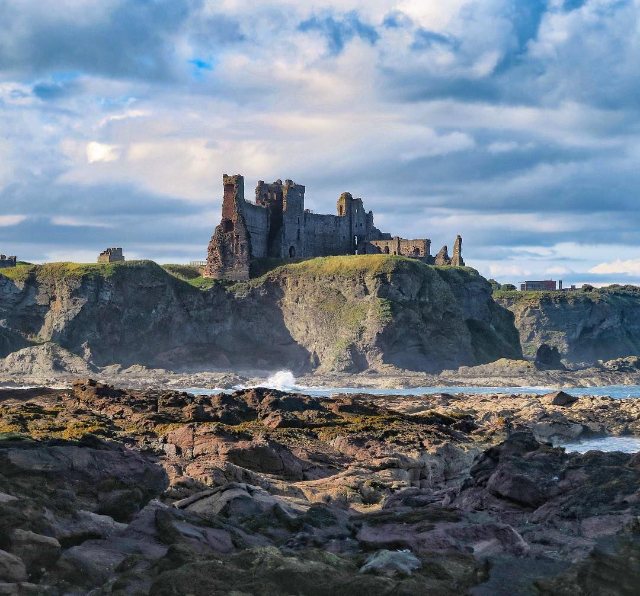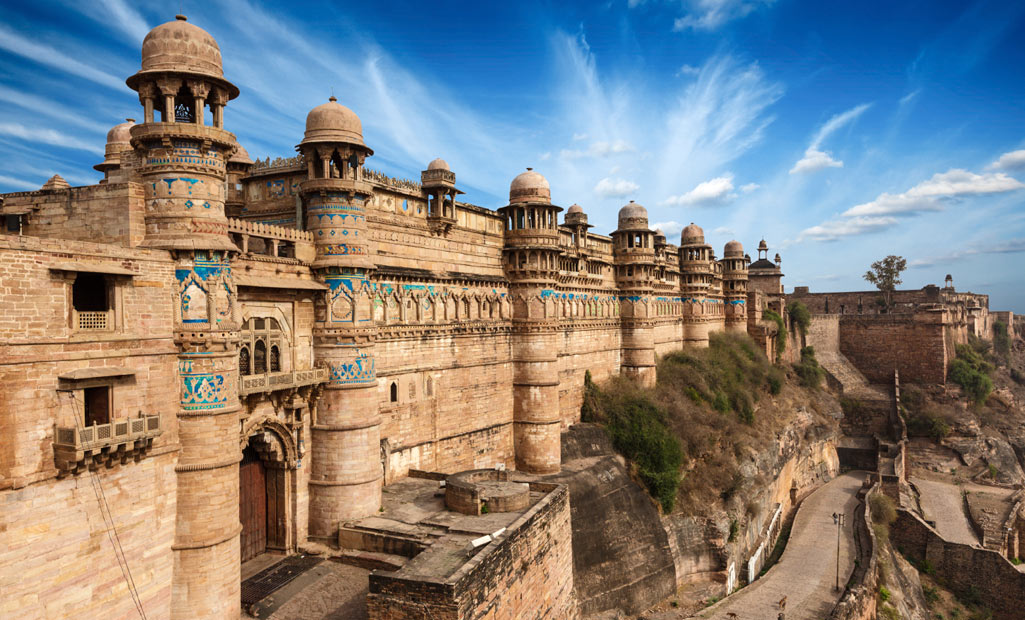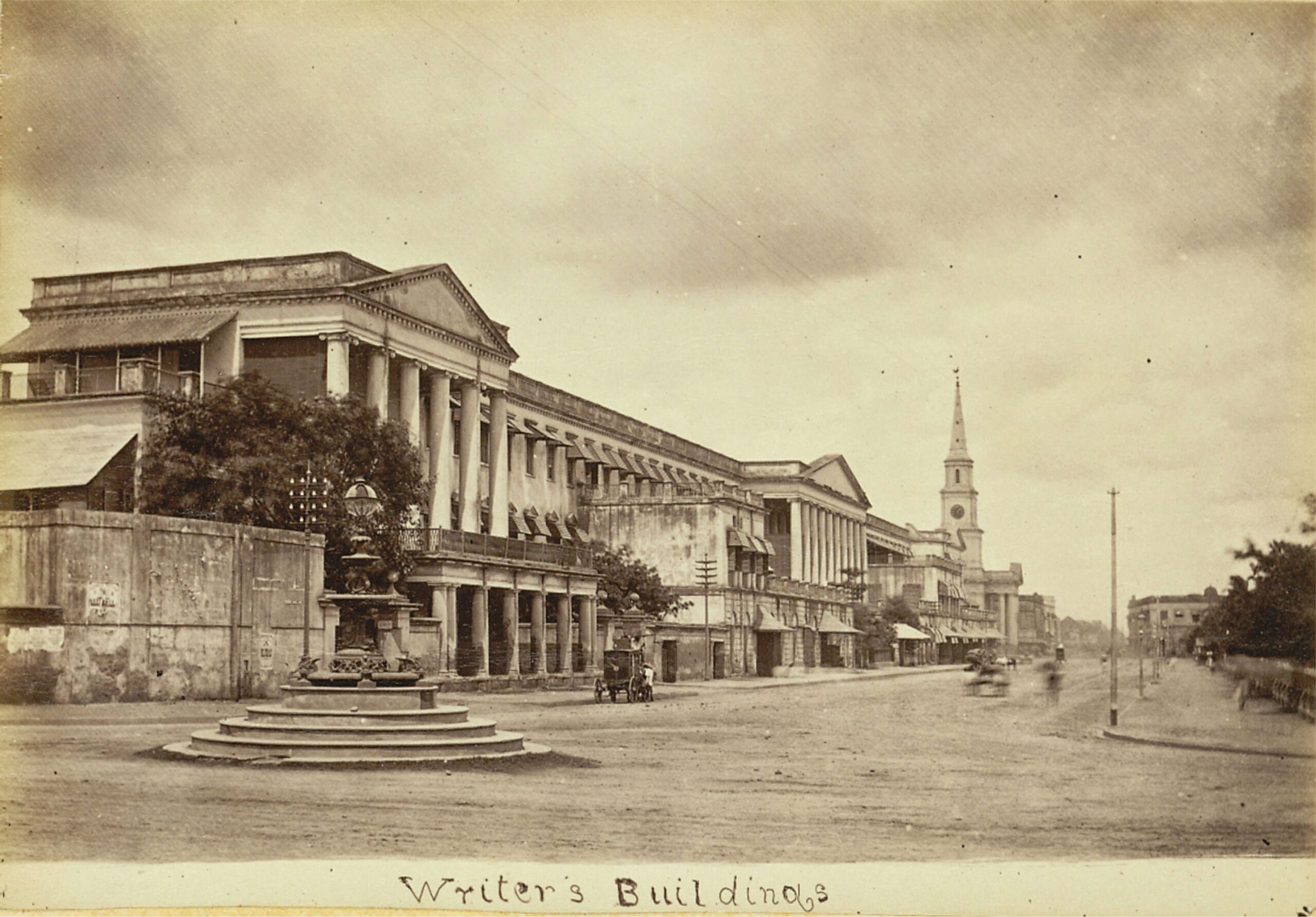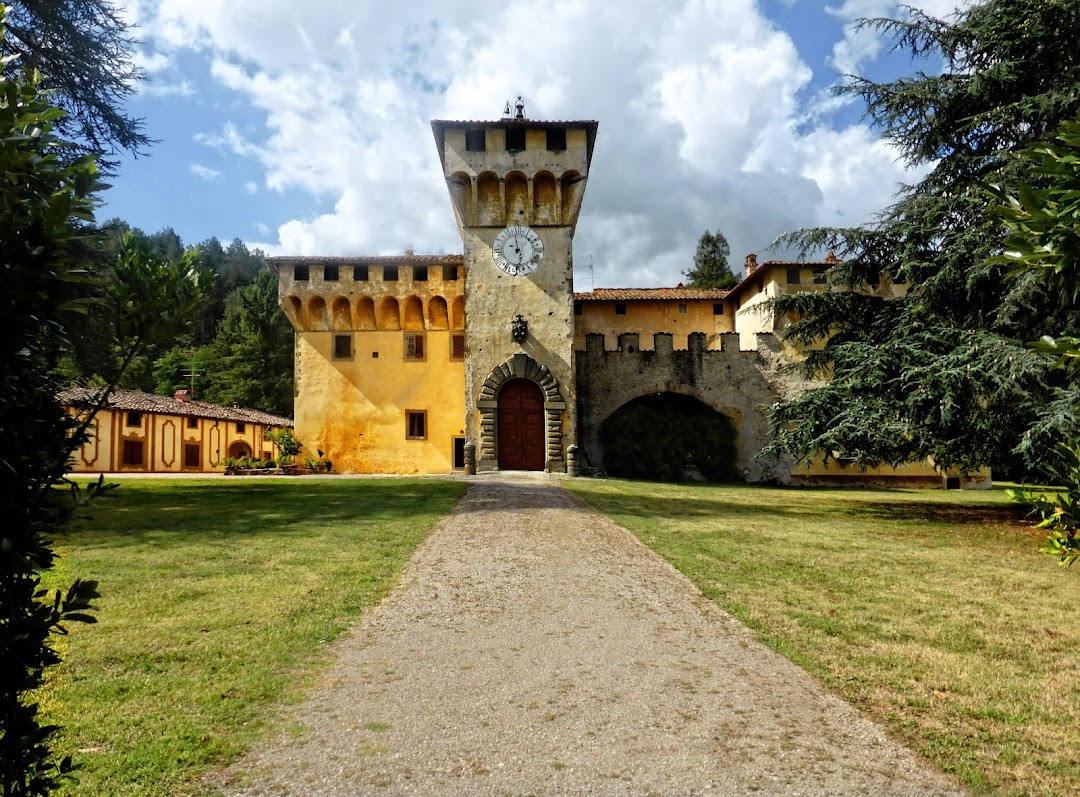The imposing keep that dominates the summit of Colle della Rocca is a mighty medieval fortification commissioned by Emperor Frederick II of Swabia. It can be reached by a path that starts from the steps next to Villa Duodo and leads to the top of the small mountain in Monselice.
Built on the remains of a previous Byzantine castle conquered by the Lombards in 602 AD, In 1239, in view of the decisive clash with the Guelph marquis Azzo VII d’Este, Frederick II confirmed the city of Monselice as the seat of the imperial court of appeal for the Marca Trevigiana (corresponding to the whole of Veneto and part of Trentino and Friuli) and ordered the rebuilding of the fortress and the construction of a new wall on the hill.
The complex consists of an imposing base in the shape of a truncated pyramid, with a face made of trachyte blocks about 8 metres high, on top of which stands a quadrangular tower, originally very high, but which today appears to have been damaged.
After the conquest of Monselice by the Carraresi family in the 14th century, the Lords of Padua incorporated the Frederick’s structure into a larger city wall, which also served to protect the various villages that had sprung up on the hillside and which is still clearly visible in some areas of the historic centre of the present-day town.
The advent of Venetian rule from 1405, led to the sale of the entire fortified complex of Colle della Rocca to some noble families, including the Marcello and Duodo, who built their holiday homes here.
However, the defensive function of the hill became necessary for the last time in 1509, when the troops of the League of Cambrai in war against Venice, besieged the city and damaged the walls and the thirteenth-century donjon.
In recent times, archaeological research at the donjon has brought to light a Longobard necropolis, whose rich grave goods are now displayed in the Antiquarium Longobardo set up inside the Ca’ Marcello library.
